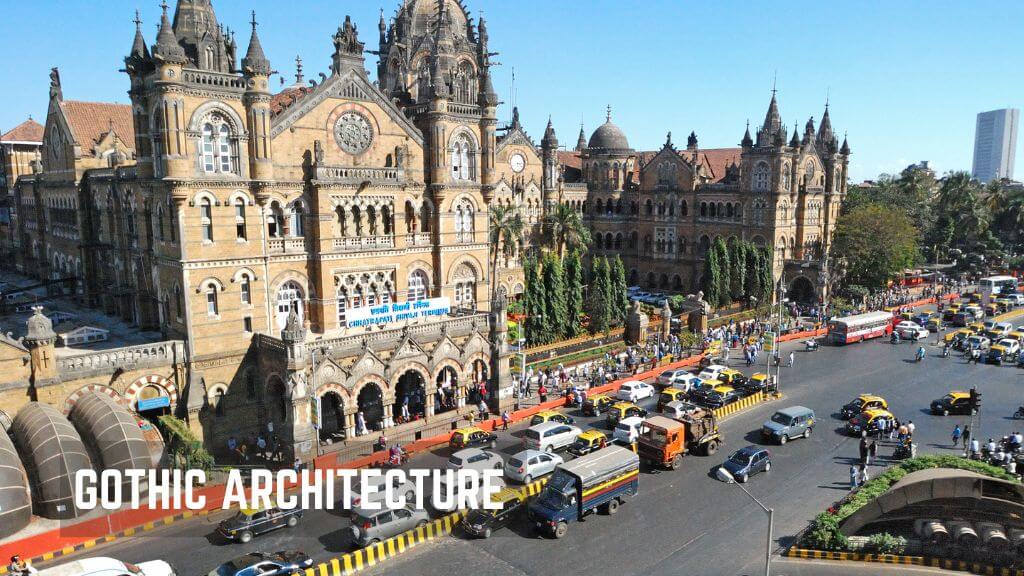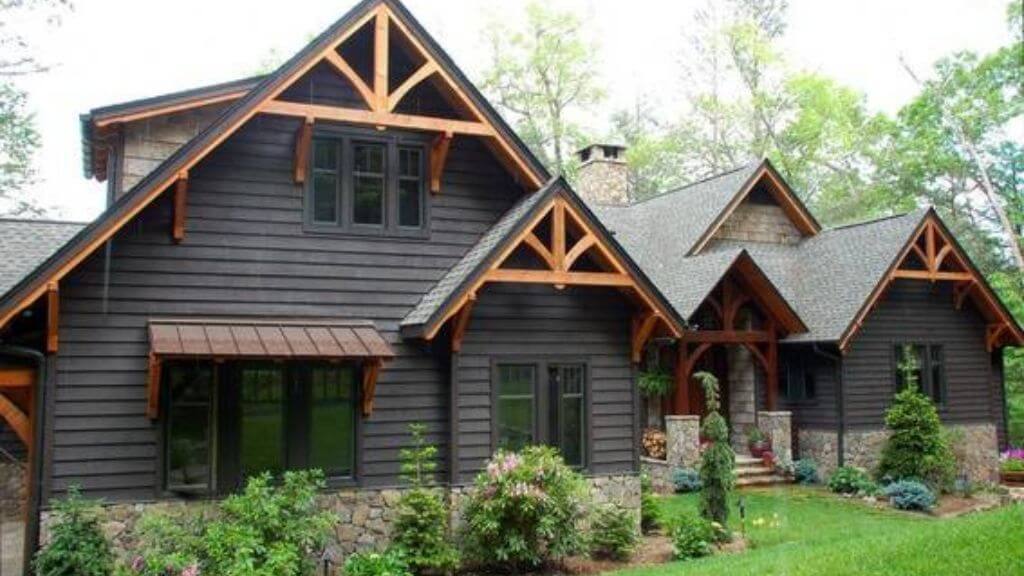Architects and designers have created Gothic architecture in many different styles and forms. Some of these styles include the High Gothic, the Early Gothic and the Byzantine style. These architecture styles are known for their rich and intricate detailing, and are used in many different kinds of buildings.
Early Gothic architecture
During the first half of the 12th century, Early Gothic architecture developed in France. It was based on Romanesque architecture, but there were a number of important differences between regional styles. These differences were caused by factors such as geography, social situations, and economics.
Early Gothic architecture originated in the Ile-de-France and Picardy regions of northern France. Cities and towns benefited from the increased prosperity in the 11th century and began to experience more freedom from feudal authority. The Catholic Church became the dominant force in Europe during this period. During the Middle Ages, monasticism became a major force in religious architecture. Monasteries built large abbey churches that became centers of culture and commerce.
During the early period of Gothic architecture, cathedrals were constructed in several locations. Some cathedrals, such as the Basilica of Saint-Denis, Ile-de-France, were the first Gothic buildings. A cathedral can be described as a large, religious building with a tall nave and an impressive spire. The cathedral was often built on the site of a medieval abbey church. The Abbey Church of Saint-Denis in Paris was rebuilt by Abbot Suger in 1035. He believed that stained glass windows would provide divine light to the building.
The Abbey Church of Saint-Denis was reconstructed in Gothic style, which made the building look more elegant. The Gothic style also included stained glass windows. The windows were thicker and had a unique intensity of color.
The Gothic style emphasized the admittance of light. The pointed arch and flying buttresses were common features of Gothic ecclesiastical architecture. The pointed arch broke with the traditional heavy, massive masonry of Romanesque architecture. The arch provided the vault with support and allowed for the change in style. The fleche (a slender, spear-like spire) was sometimes made of wood covered with metal. The fleche was usually placed on a transept or in a tower. The fleche was often used as a place to house five bells. In later Gothic periods, pointed needle-like spires were added to towers.
Gothic style architecture has been associated with the Church, but it can also be found on village churches and commercial premises. It is also found on large cathedrals and abbey complexes. A number of larger churches are listed as World Heritage Sites.
In England, Early Gothic architecture appears between 1130 and the mid-13th century. It was used to build all types of buildings. Its influence can be seen on the elegant town houses of the period as well as on large cathedrals. The style was used to replace narrow Romanesque naves with spacious interiors. It was also influenced by theological doctrines that called for more light. In England, the emphasis was on length rather than height.
Gothic style architecture also featured large windows, often in roses or other naturalistic forms. Stained glass windows had been used in Romanesque churches, but in the early Gothic period, they were used more often. The rose window at the west facade of the Basilica of Saint-Denis is an early example of plate tracery.
High Gothic architecture
During the Gothic age, European builders constructed bigger, more detailed monuments. These structures used innovative forms of technology to achieve their striking heights and height-enhancing architectural features. The arms race to build taller buildings produced several world records.
Gothic architecture is characterized by flying buttresses, ribbed vaults, pointed arches and stained glass. These features are used to achieve an ephemeral feel, reducing solidity of the forms. They also increase transparency. These structures also use sculpture to convey a message. The most important feature of Gothic architecture is the rose window. Rose windows are circular glasses.
The tallest naves ever built are at the Palma Cathedral in Spain and Beauvais Cathedral in France. These cathedrals were designed to reflect the ascension of Philip II to the French throne in the early thirteenth century. These cathedrals also feature intricate, complex layouts. However, these cathedrals did not have a transept, which is a common feature of Gothic cathedrals.
The ribbed vault of Gothic architecture uses nervures (ribs) that join diagonally. These nervures meet roof loads and reduce construction costs. These vaults also offer an architectural feature called a “flying buttress,” which is an extension of the interior vaults. These buttresses are often decorated with pinnacles and are nearly as tall as the building.
Sculpture and stained glass are also important elements of Gothic architecture. They are used to impart a religious message, as well as to give color to the interiors of the cathedrals. These elements are especially important in religious buildings. The Catholic church’s plan for teaching the Bible stories to illiterate Europeans required the use of stained glass. Throughout the Middle Ages, blue pieces of glass were highly expensive, so patrons of the church spent excessive amounts of money on creating these stained glass windows.
The flying buttress was an essential feature of High Gothic architecture. Buttresses were added to the higher buildings to support the weight of the vaulted roofs. The buttresses had a unique form and were meant to be seen. These structures were designed to enhance the beauty of the building and to allow light to pass through.
Other common elements in Gothic architecture include the rose window, pointed arches, and ribbed vaults. The rose window is a circle-shaped glass that is designed to be placed in the center of the facades. It is also a symbol of Gothic architecture, as it is a symbol of perfection. It was not used as much in Italy as it was in France and Spain.
Gothic architecture became an international movement in the 14th century. The style spread from Northern Europe to the south. Some of the most famous examples of Gothic architecture include the Notre Dame Cathedral in Paris, France, and the Town Hall in Brussels, Belgium. The Town Hall was completely repaired after a 1695 attack.
Byzantine influences
During the eighteenth century, a new interest in Byzantine architecture developed in Britain. The earliest of these works was a church in Hoarwithy, Herefordshire designed by Seddon. This church was a masterpiece of revivalist art, with rich marble columns and a domed central bay. Later, St Catherine’s church was built. It has a cloister, campanile, and a rich mosaic.
The first buildings of Byzantine architecture in Rome were basilicas, a type of church with a round-topped arches and richly decorated apses. They were also built with domes, which had antecedents in the V century. The dome of the basilica became a characteristic of ecclesiastical buildings under Justinian.
Byzantine art spread through Europe and Russia, especially in the Eastern Orthodox churches. The style continued to thrive after the Roman Empire collapsed in 476. After the Great Schism of 1054, the Byzantine style became the predominant form of art in the Eastern Orthodox church. It is still used today for religious art. In the Romanesque period, Byzantine architecture was combined with Gothic architecture. Byzantine architecture also continued to be used in Russia after the fall of Constantinople (1453).
Byzantine art was also used to decorate illuminated manuscripts. The pages of these books were embroidered with lavish Byzantine materials, and had gold linings. They also had special covers.
Byzantine architecture also influenced Gothic architecture, and many Gothic structures featured mosaics. The mosaics in St Paul’s cathedral glisten in the light. Other examples include the Church of the Holy Apostles of Salonica and the Church of Saints Sergius and Bacchus in Constantinople. These structures feature marble columns, gold coffered ceilings, and inlaid-stone pavements.
The Byzantine style was also used in the Russian lands, particularly in Moscow, where it influenced the architecture of cathedrals. The cathedral of San Basilio in Moscow has five domes. Its coloration is distinctive, and its artistic profiles are characteristic of Byzantine art.
During the eighteenth century, more and more emphasis was placed on the aesthetic value of ancient art. It was believed that Byzantine art could help Christians recall their ethnic identity, since Latin Christians were forced to change religions. Byzantine art is also correlated with churches in the Peloponnese, Mount Athos, and the Church of the Holy Apostles of Salonica.
The church of San Marcos in Ravenna is also a work of Byzantine architecture. It was constructed in the ninth century, but was destroyed in a revolt in 916. The previous church housed the body of San Marcos. The new church was commissioned by Christian Emperor Justinian.
During the nineteenth century, Byzantine architecture was revived in Britain. There were a few striking buildings. However, the most impressive Byzantine-influenced structure is Westminster Cathedral. It is a plain, rectangular plan in outline, but its interior is striking and rich. It is covered with glittering mosaics on every wall.
You can follow more articles:
Louvre Pyramid Architect: Understanding The History Of Design Behind



